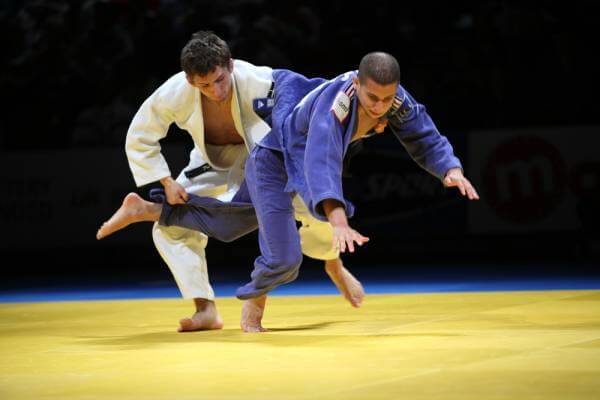Learn From These Mistakes Before You Learn History And Style Guide Of Karate.

The History of Karate
In early times, natives to the Ryukyu Islands developed a fighting system that was simply referred to as ‘te’. The largest island in the Ryukyu chain is Okinawa Island, which is generally considered the birthplace of karate.
In 1372, trade relationships were established between the Ryukyu Islands and the Fujian Province of China, and this eventually spurred several Chinese families to move to Okinawa. These Chinese families began to share Chinese Kenpo with the native Okinawans they came in contact with, which was a blend of Chinese and Indian fighting styles.
Through this, traditional Okinawan fighting techniques began to change, even if many families simply developed their own styles of martial arts in isolation. Still, there were three general styles that emerged and were named after the areas they developed-Shuri- te, Naha- te, and Tomari- te. The differences between the three styles were small and more about emphasis than anything else, as the cities of Shuri, Tomari, and Naha were all very close to one another.
The fact that weapons were banned in Okinawa in the 1400’s by the invading Shimazu clan (Japanese clan) was a factor that spurred on the development of not only martial arts and karate in Okinawa, but also the use of inconspicuous farm tools as weapons.
As relations with China strengthened, the blend of the more traditional Okinawan fighting styles with those of Chinese Kenpo and the empty handed Chinese styles of Fujian White Crane, Five Ancestors, and Gangrou-quan, became more obvious. In addition, Southeast Asia influences were also brought into the fold, though perhaps to a lesser extent.
Sakukawa Kanga (1782-1838) was one of the first Okinawans to study in China. In 1806, he began teaching a martial art he called “Tudi Sakukawa,” which translates to “Sakukawa of China Hand.” One of Kanga’s students, Matsumura Sokon (1809-1899), then taught a blend of te and Shaolin styles, which would later become known as Shorin-ryu. However, it is a student of Sokon’s by the name of Itosu Anko (1831-1915) that is often called “the Grandfather of Karate.” Itosu is known for creating simplified kata or forms for less advanced students and helped karate gain more mainstream acceptance. Along with this, he brought karate instruction to Okinawa’s schools and the forms he developed are still used to a great extent today.
Characteristics of Karate
Karate is primarily a striking art that teaches practitioners to utilize punches, kicks, knees, elbows, and open hand strikes to disable opponents. Beyond this, karate teaches practitioners to block strikes and breath properly.
Most styles of karate also extend into throws and joint locks, with the extent of this dependent upon the style. Weapons are utilized in most styles as well. Interestingly, these weapons are often farm tools, as the use of them originated during a time when weapons were banned in Okinawa by invaders. By using farm tools, Okinawans did not bring attention to the fact that they were practicing to defend themselves.
Basic Goals of Karate
The basic goal of karate is self-defense. It teaches practitioners to block the strikes of opponents and then disable them quickly with pinpoint strikes. When takedowns are employed within the art, these tend to be used to set up finishing strikes.
Karate Substyles
Budokan
Goju-ryu
Kenpo
Kyokushin
Shito-ryu
Shorin-ryu
Shotokan
Uechi-ryu
Wado-ryu
The Bigger Picture- Japanese Martial Arts
Though karate is clearly the most popular of the Japanese martial arts styles, it is not the only important Japanese martial art. See below for more of the styles that make up the arts in Japan.
Aikido
Iaido
Judo
Jujutsu
Five Famous People in Karate Not Already Mentioned
Gichin Funokashi: Funokashi headed the first public demonstration of karate in Japan in 1917. This led to Dr. Jigoro Kano inviting him to teach at the famous Kodokan Dojo there. Kano was the founder of judo; hence, his invite allowed karate to gain Japanese acceptance.
Joe Lewis: A karate tournament fighter that was voted the greatest karate fighter of all-time by Karate Illustrated in 1983. He was both a karateka and kickboxer.
Chojun Miyagi: A famous early karate practitioner that named the Goju-ryu style.
Chuck Norris: A famous karate tournament fighter and Hollywood star. Norris is well-known for appearances in several movies and the television show Walker, Texas Ranger.
Masutatsu Oyama: The founder of Kyokushin karate, a full contact style.
http://bit.ly/1LEkYNb





